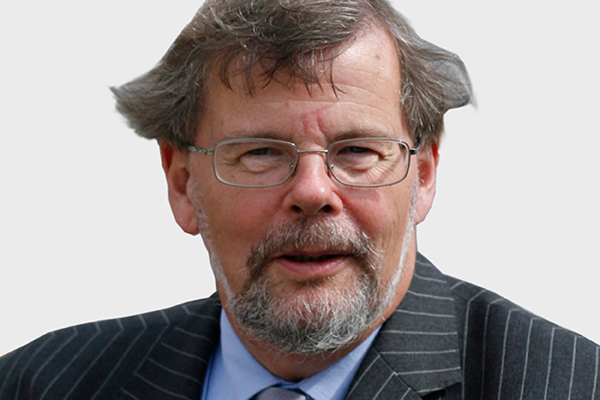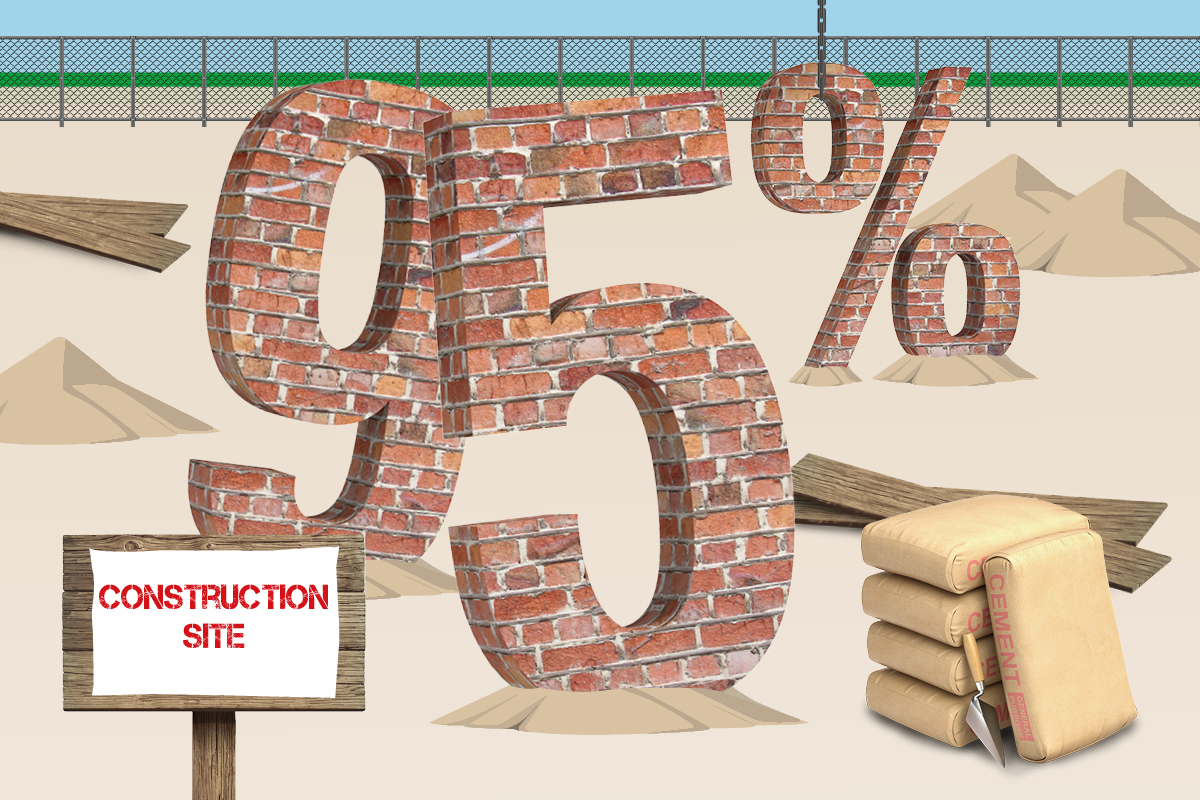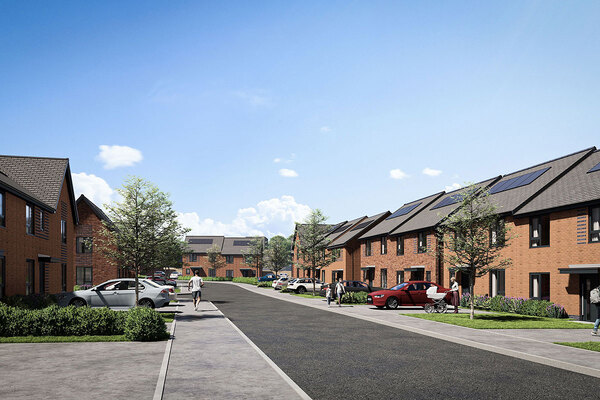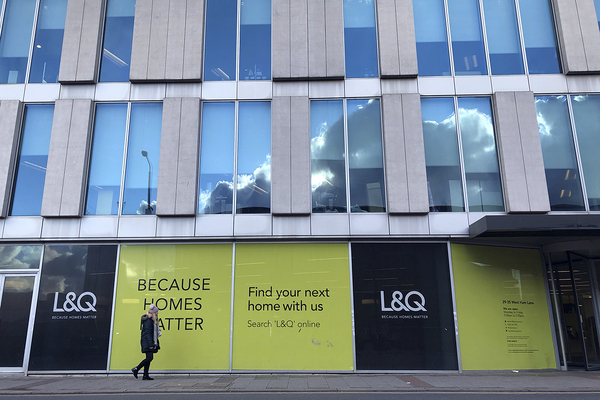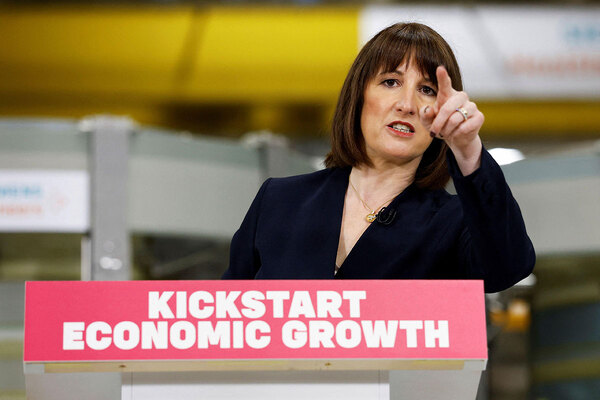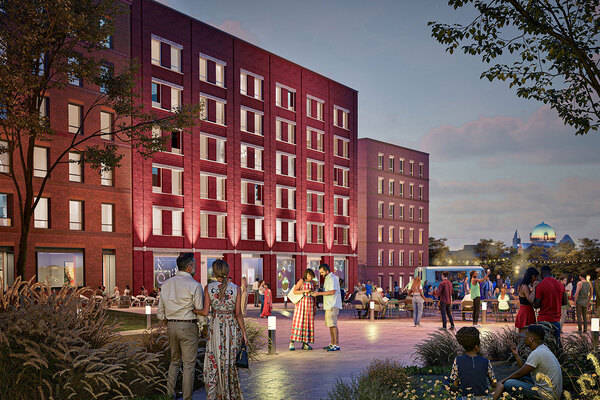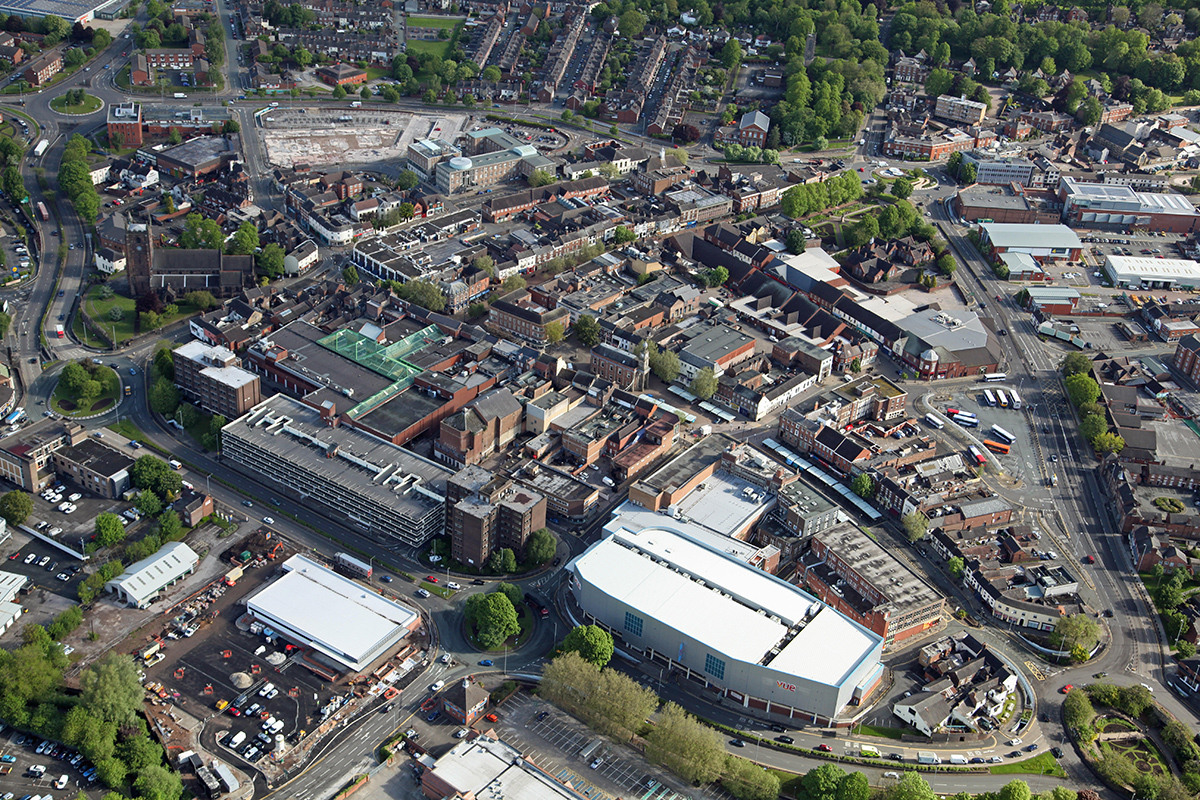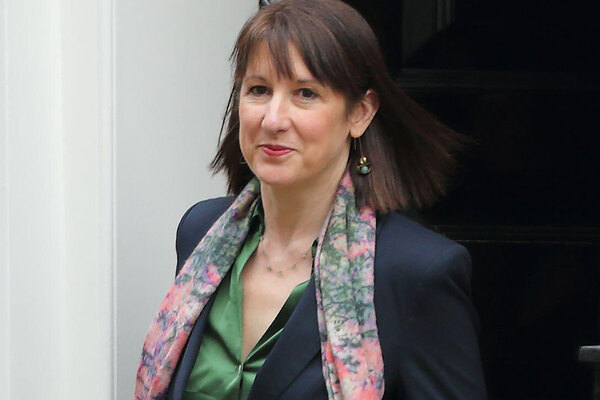You are viewing 1 of your 1 free articles
 Leo Pollak
Leo PollakWe need reforms to ensure affordable land for affordable housing
The government needs to think about how reforming the land trading system could support a boom in council housebuilding, writes Leo Pollak
While much has been said about the need to suspend or mitigate the Right to Buy and its context in London, there is growing attention on the dysfunctional role the current land trading system plays in our housing crisis.
Southwark, like other densely built urban boroughs, will need to expand its land holdings significantly to maintain a continuous pipeline of new homes and to meet our ambitious commitment to deliver 11,000 council homes by 2043.
While we have begun, in earnest, in the past few months the process of identifying and bidding for new development sites, the extortionate asking prices offered on the open market mean any successful bids would make a significant hit on the viability of future schemes and impose a further burden on an already constrained budget for housing investment.
The more councils can spend their money on building new homes rather than on deadweight land transactions the further we can go in delivering the kinds of homes that residents actually need.
Yet in the midst of a land speculation frenzy, our job as builder and as planning authority in maintaining the link between real-world housing needs and housing supply in our borough is made unnecessarily difficult.
“The extortionate asking prices offered on the open market mean any successful bids would make a significant hit on the viability of future schemes”
The law currently recognises a landowner’s right to speculative returns based on public policy and public investment (the so-called ‘hope value’).
Density, land value and viability in a high demand area tug at one other and the free open market for land reinforces a circularity that turns planning permissions and site allocations into any other kind of tradable commodity, dissociated from the council’s imperative of meeting local housing needs, securing sums for social infrastructure and ensuring good growth.
For this reason Southwark, like other serious housebuilding councils, is calling on the government to revise the 1961 land compensation code to ensure that new land holdings can be secured on terms that reflect the affordable nature of what we mean to build – affordable land for affordable housing.
The prominence given by the Ministry of Housing Communities and Local Government committee’s study of land value capture, Conservative council leaders calling for radical caps on land speculator profits, and researchers and commentators like Daniel Bentley, Rose Grayston and Thomas Aubrey from different parts of the political spectrum have all highlighted the perversities of the current land trading system.
Sir Oliver Letwin’s influential review of build-out rates also goes part of the way to identifying the problem – excessive ‘hope value’ (the pricing in of a premium that comes with a new use, permission or allocated capacity) would mean developers would either stack up homes that claw back the speculative premium they’d paid and avoid meeting the ‘diversity’ of housing needs, or they would just sit and wait on their site (sometimes for many years) until values caught up.
However, when it came to recommending a cap to land compensation sums as a multiple of a site’s existing use value, Sir Letwin’s review only makes recommendations for agricultural to residential contexts, squarely at odds with the government’s housing policy goal of “fixing the broken housing market … [and] planning the right homes in the right places” as captured in exacting housing supply targets and delivery tests in high-value, high-demand inner city boroughs like Southwark.
Until these inconsistencies are resolved, the government will continue to preside over a broken housing economy with a reluctance to address the fundamental drivers of our housing crisis.
Southwark isn’t hanging around waiting for these changes – we are already developing the practical tools that would support such a reformed land trading and viability testing system, including a Viability Benchmarking Model to standardise the data sources that inform cost value and yield figures in viability assessments, and also a prototype towards a standardised ’Land Value Register’ that reports live existing use values for sites allocated for residential development.
This could be used to create either a formal cap for surveyors and developers in the land trading system, or better still, provide a basis for local authorities to support more rational land assembly for the purposes of affordable housing, either from itself or another builder.
Today, Dulwich and West Norwood MP Helen Hayes will begin the process of airing these arguments in the House of Commons and rallying a cross-party consensus around a new Planning (Affordable Housing and Compensation) Bill.
The housing crisis cannot be solved without this long overdue land reform for cities, and our uncertain times demand this bold kind of thinking.
Leo Pollak, cabinet member, new homes, great estates and social regeneration, Southwark Council
Hope value horror stories
Mr Pollak describes three examples of 'hope value' land rises causing a problem for Southwark:
1. A site in the centre of our borough, adjacent to land we own became available to buy through a blind auction, and would have allowed us a more coherent development plot, meaning we could increase the number of council homes on this site from 80 to roughly 200. The existing use value was set at £1.5m, and after much internal discussion our surveyors put in a bid of £5.5m, a premium of around 14 council homes, which would have added around £50k cost per home.
The site eventually sold for £8.5m, meaning the council couldn't develop itself, and the winning bidder will likely be tempted to overdevelop the site with inappropriate height and massing (based on the experience of resident feedback on planning applications across the road), dilute affordable housing and infrastructure contributions, or simply leave it empty and undeveloped for many years until market conditions improve.
2. A large site on the east of the borough near the proposed site of a new Bakerloo lines station had an estimated existing use value of around £5m. When the land owners put the site up for auction they offered a guide price of £25m, and then withdrew it on the basis they could achieve a higher price later on with more advantageous policy environment.
3. Sites with recently consented permissions on Old Kent Rd, the focal point of a major regeneration in our borough, include 313-349 Ilderton Rd, whose viability assessment reported an existing use value of £1,853,250. This site is now for sale at £15m. Similarly, the developer of 134-140 Ilderton Road recently reported an existing use value of £2,539,500, and now seeks to sell for £10m.

